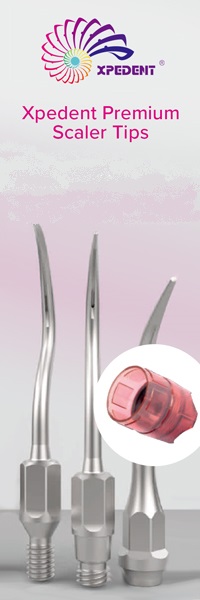CORICAMA Tooth Forceps English Pattern #190
| Quantity | Price (each inc GST) |
|---|---|
| 1 | $119.86 |
| 3 | $109.87 |
CORICAMA since 1873.... ITALIAN STYLE and ADVANCED TECHNOLOGY
CORICAMA use only the most suitable steels for the production of surgical instruments to achieve instruments that are both aesthetic and functional.
CORICAMA is a guarantee of high-quality instruments that perfectly fit to the professional sensitivity and contribute to patient well-being. CORICAMA is constantly next to the more demanding dentists and those who seek only the best for their work.
CORICAMA TOOTH FORCEPS #190 #626130
Used for dental extraction (aka: tooth extraction,exodontia or exodontics): the removal of teeth from the dental alveolus (socket) in the alevolar bone.
Designed for use in specific areas of the mouth. Beaks and handles are shaped to perfectly fit the contours of the teeth and are used to easily and effectively reach the different teeth
The operator must find the forceps with the most suitable grip and the blades should adapt to the tooth with its beaks grasping the root bifurcations. When using forceps to extract a tooth, two types of movements are made. First the gingival and periodontal ligament are cut: the blades should be positioned below the gingival margin on the buccal and lingual parts of the tooth and then driven with increasing force in anapical direction. In this way, they slide over the length of the root surface to the final part rather than grippingit from the outset. Positioning the forceps in the most apical position possibleensures that the mechanical efficiency of the subsequent extraction movements is maximal and the risk of root fracture is minimized. The second movement removes the tooth from the alevolus. Whilst the apical position reach in the first movement is maintained, the tooth should be gripped firmley with the blades and dislocated from its bony socket. This allows the alveolus to dilate and the tooth to be lifted out. The movements involved should be slow and targeted allowing the aloveolus to expand; their dorection will be determined by the anatomy and position of the tooth being removed.
For fragments upper (maxillary) roots
Instrument Name: Fig #190
Tip: Serrated
Tip Material: Stainless Steel
Handle: Anatomic
Handle Material: Stainless Steel











